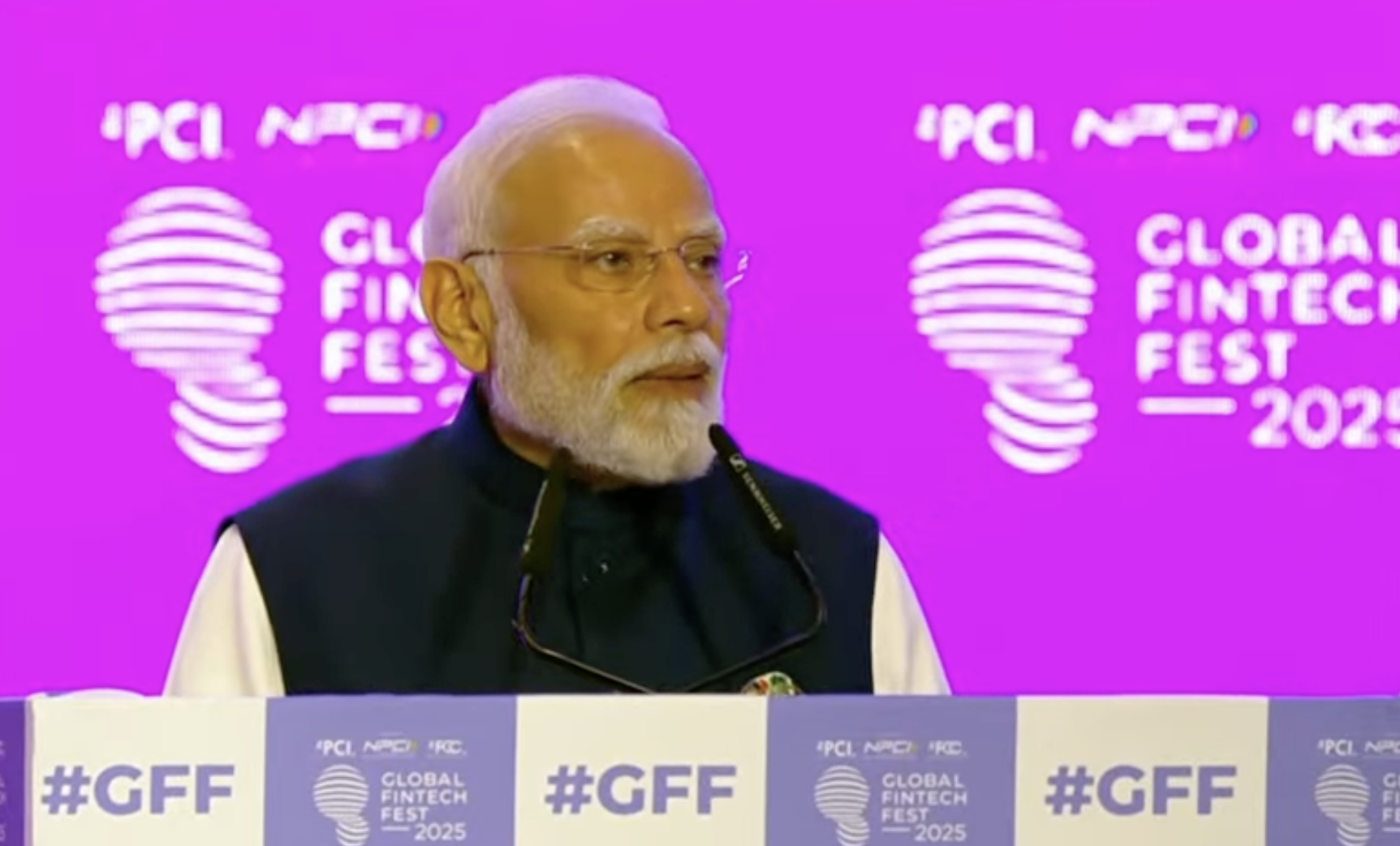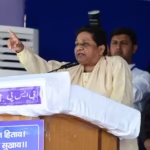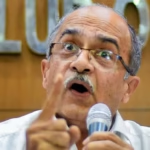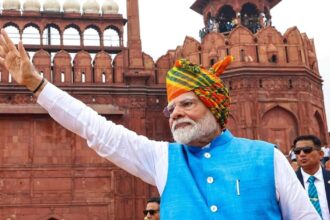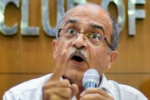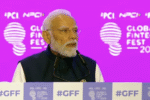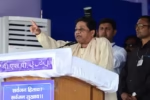At the Global Fintech Fest 2025 in Mumbai, Prime Minister Narendra Modi positioned India as a beacon of “digital democratization,” declaring that today’s India stands among the world’s most “technologically inclusive” nations. Speaking alongside British Prime Minister Keir Starmer at the three-day event held at Jio World Convention Centre, PM Modi’s address underscored India’s remarkable transformation from a bureaucratic maze to a digital powerhouse that serves as a global model for inclusive innovation.
From license raj to trust-first model
Modi’s vision of technological inclusion reflects India’s fundamental shift from the restrictive “license raj” era to a trust-first approach where government initiatives and private sector innovation collaborate seamlessly. This philosophical transformation has been the cornerstone of the Digital India initiative, enabling the creation of what is now the world’s largest digital public infrastructure (DPI). The Prime Minister emphasized that the model prioritises inclusion over exclusivity, ensuring technology serves the masses rather than privileged few.
UPI: The crown jewel of digital democracy
The Unified Payments Interface (UPI) exemplifies India’s digital success story, now processing nearly 46% of the world’s digital transactions. Modi highlighted how UPI has democratized financial transactions, making digital payments accessible to street vendors, small shopkeepers, and rural entrepreneurs. What took other nations decades to achieve, India accomplished through UPI in a fraction of the time, now processing billions of monthly transactions. This achievement represents not just technological prowess but a commitment to financial inclusion at an unprecedented scale.
Building the foundation: Connectivity and accessibility
The Prime Minister pointed to India’s expanding digital footprint, with internet connections surging to almost 97 crore (970 million) by mid-2024, supported by some of the world’s lowest data costs. This widespread connectivity, bolstered by initiatives like BharatNet, has been instrumental in bringing digital services to India’s remotest corners. The India Stack—a set of APIs built on Aadhaar—has powered numerous public services including DigiLocker and UMANG, making government services more transparent and accessible while showcasing technology as a genuine tool for equality.
The AI-powered future: Fintech 2.0
Modi’s address also spoke about embracing artificial intelligence as the next frontier of India’s digital journey. He endorsed the vision of a comprehensive “fintech 2.0” platform by 2047, where AI will deliver hyper-personalized financial products for every population segment. New innovations showcased included AI-based UPI HELP for real-time user assistance and UPI Reserve Pay for managing recurring e-commerce payments, demonstrating India’s commitment to staying at the cutting edge of financial technology.
Responsible innovation and data democracy
The Prime Minister stressed the importance of developing an inclusive AI stack rooted in Indian languages and local contexts, supported by the government’s IndiaAI Mission. This approach ensures that technological advancement doesn’t create new divides but instead bridges existing ones. Modi emphasized viewing data as a public good that can unlock economic potential when used responsibly in collaboration with fintechs to drive smarter policy and inclusive product development.
PM Modi’s address at the Global Fintech Fest 2025 painted a picture of an India that has successfully leveraged technology to empower its citizens. By prioritizing inclusion over exclusion and trust over regulation, India has created a digital ecosystem that serves as a global benchmark. As Union Minister Jyotiraditya Scindia noted, Indian entrepreneurs are now “designing in India, solving in India, and scaling for the world”. With its robust foundation in digital public infrastructure, ambitious AI agenda, and commitment to serving the many rather than the few, India’s technological journey represents not just national progress but a template for global digital transformation.

